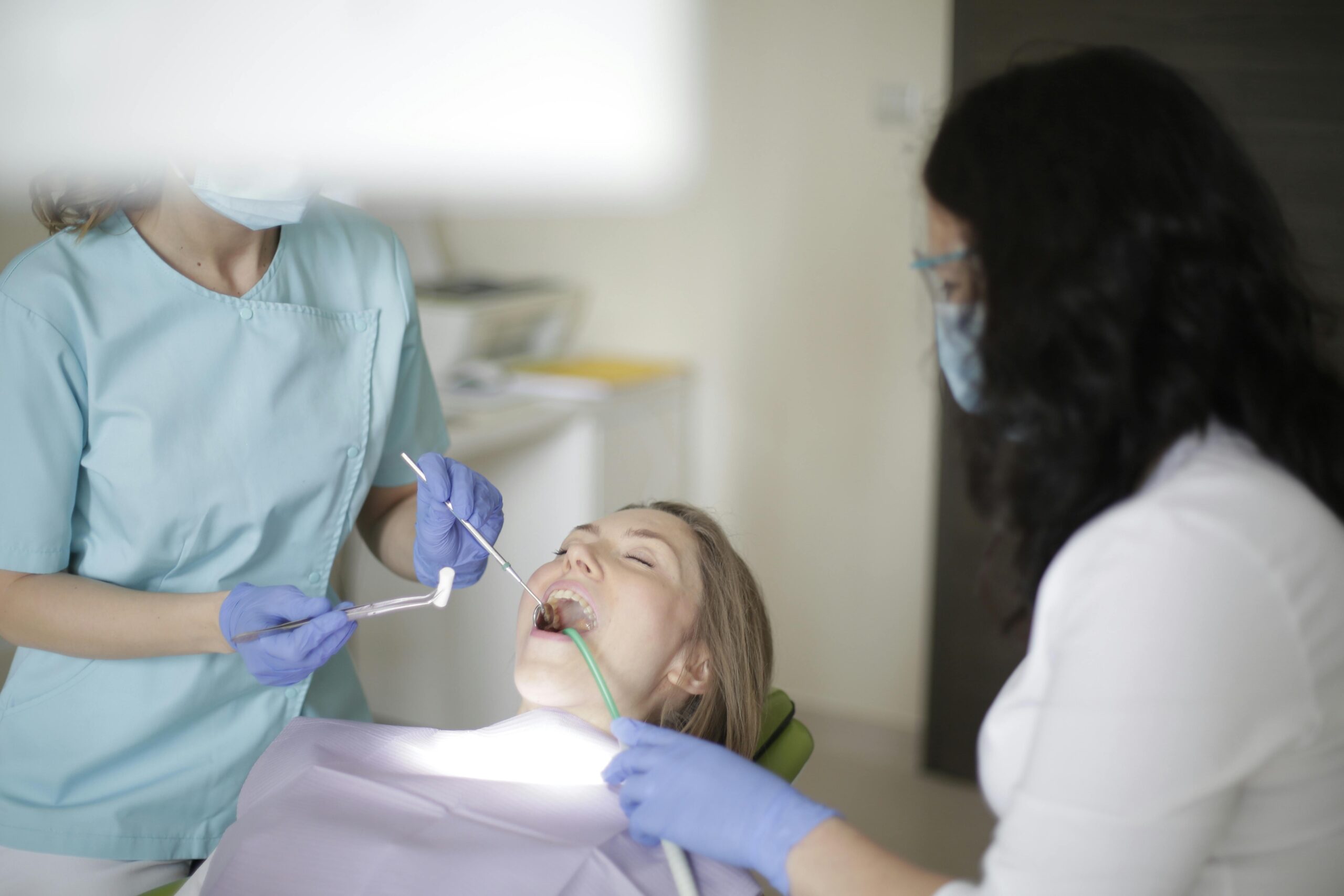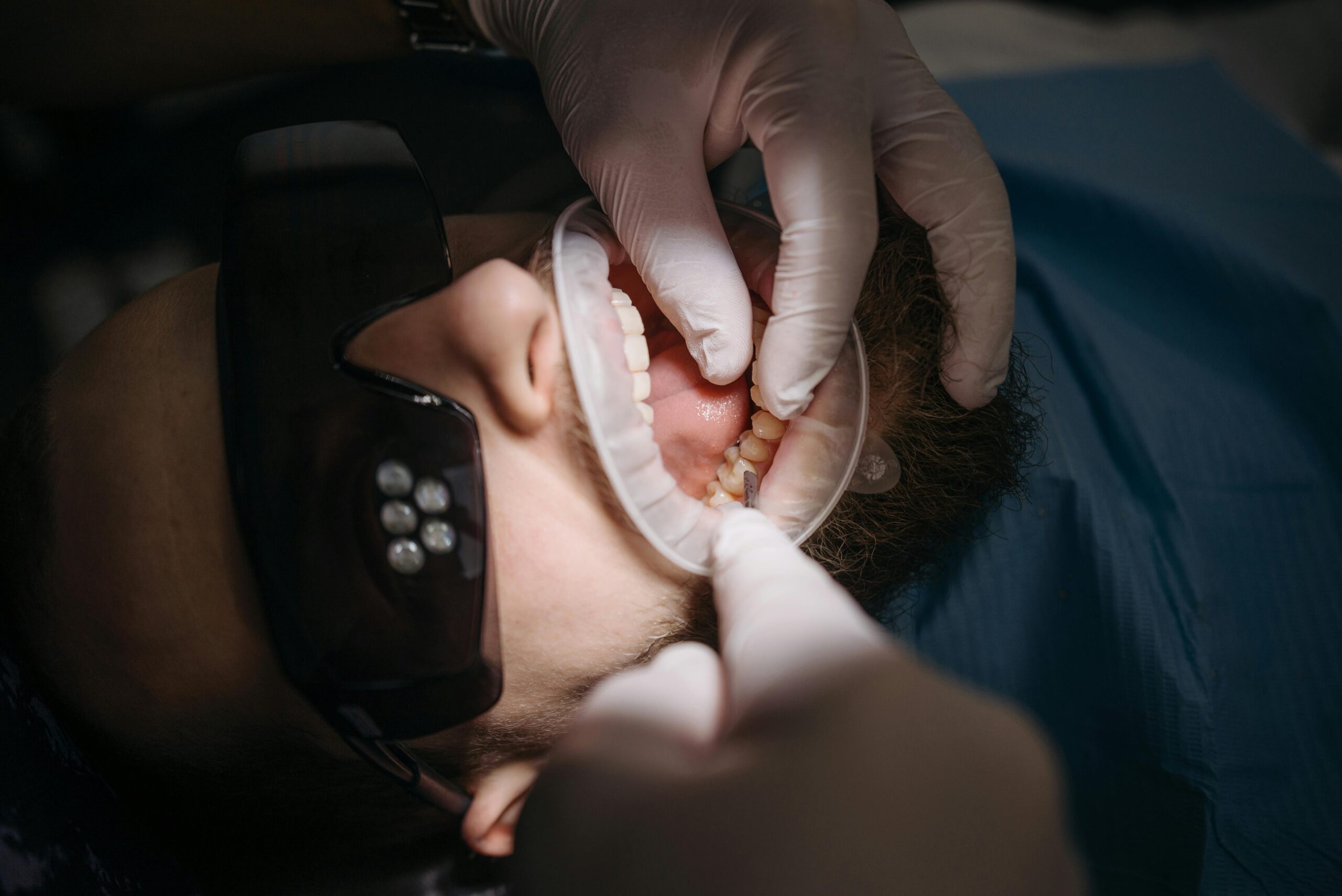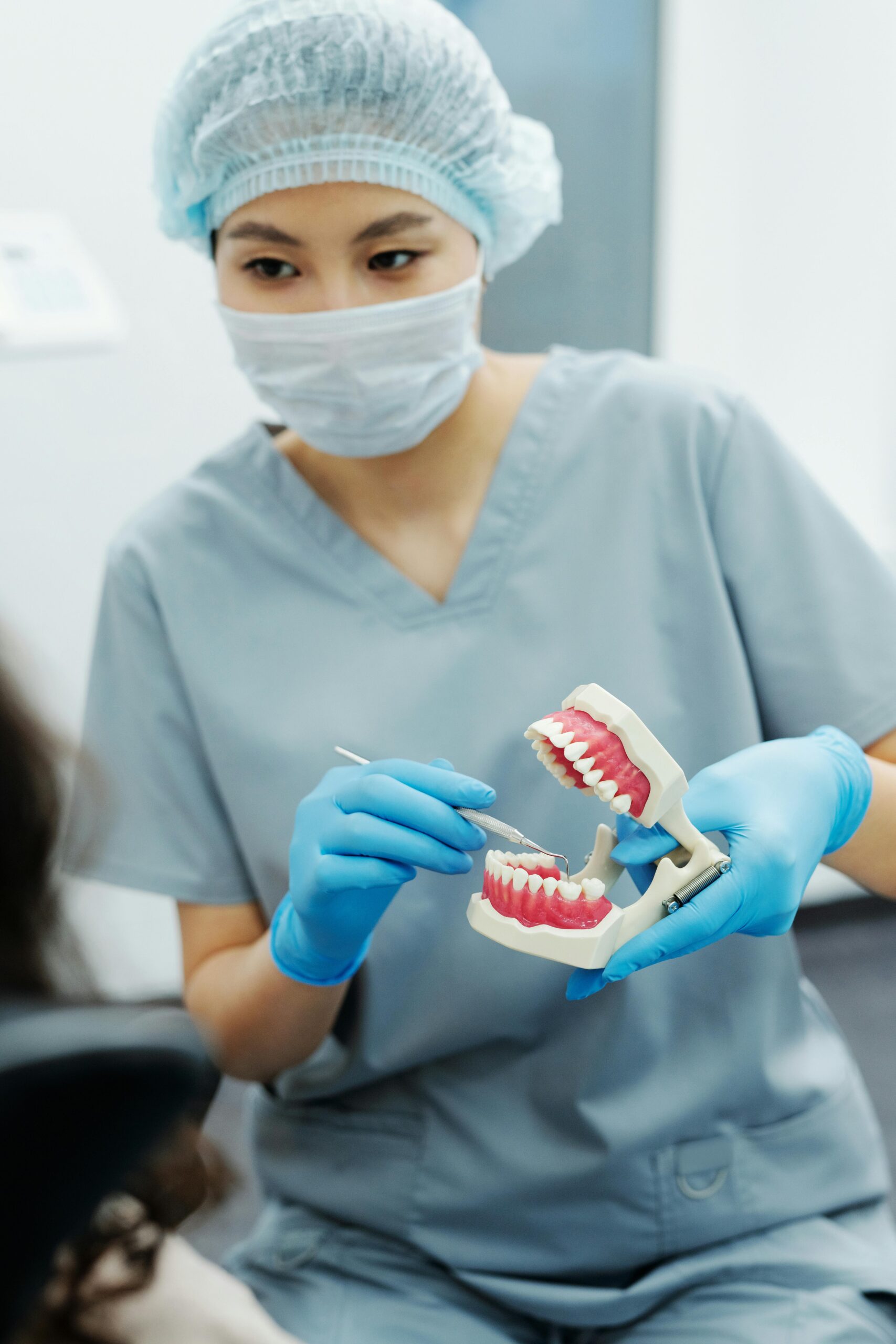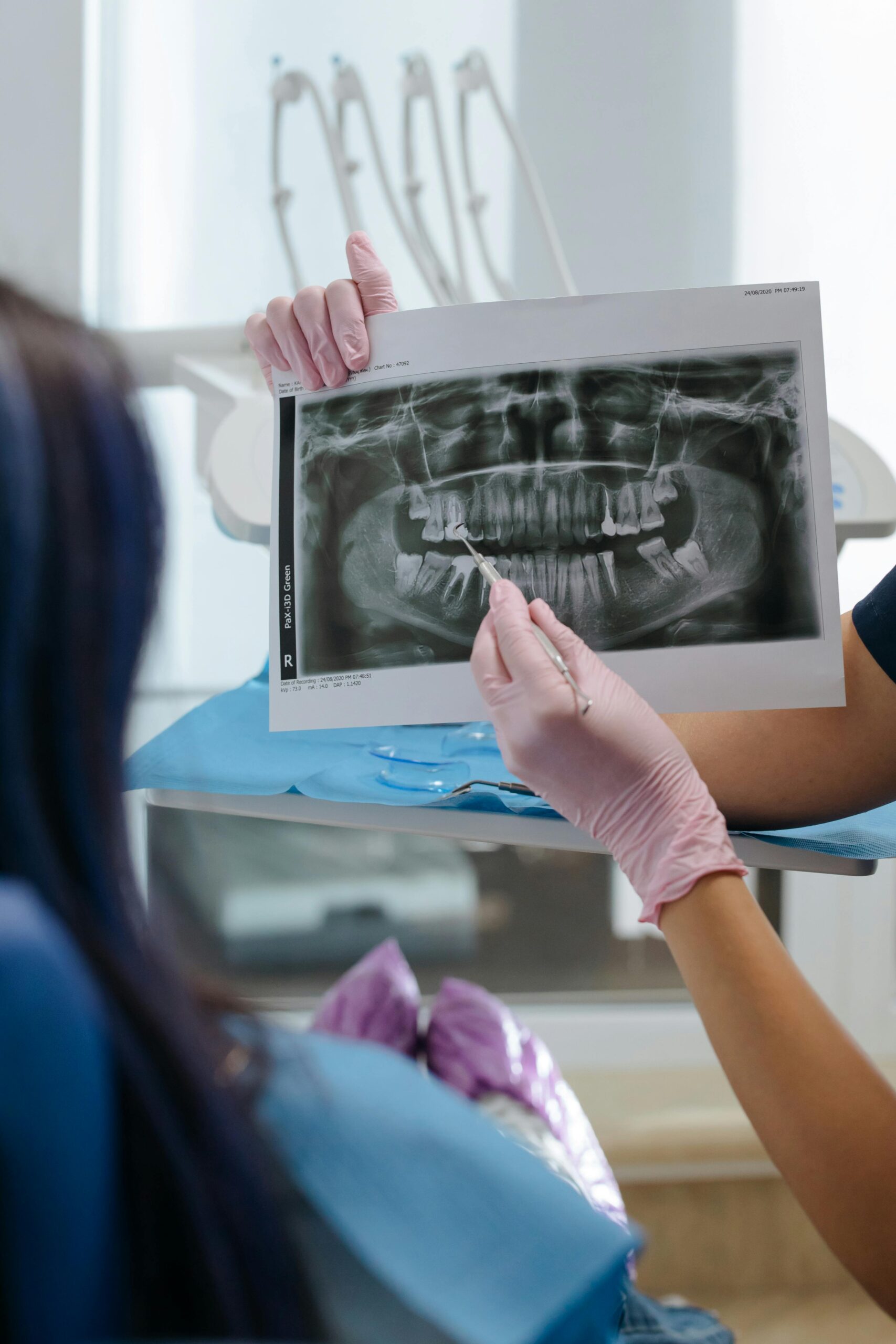Understanding Toothache Remedies
Toothache remedies can reduce pain and calm irritated tissues, but they do not fix the underlying cause. Most toothaches come from decay, a cracked tooth, inflamed pulp, or gum infection, so professional care is still needed. Short-term options can help you function until a dentist can diagnose and treat the source.
Effective home toothache remedies focus on three goals: easing inflammation, protecting the sore area, and avoiding new irritation. Always follow label directions for any over-the-counter product, and consider your medical conditions and allergies. If pain is severe, wakes you at night, or you notice swelling or fever, seek urgent dental care.
- Over-the-counter pain relievers as directed (for example, acetaminophen or ibuprofen if appropriate for you).
- Cold compress on the cheek 10–20 minutes at a time to reduce swelling.
- Warm saltwater rinse to gently cleanse the area; avoid harsh mouthwashes.
- Careful flossing to remove trapped food that can press on gums.
- Temporary dental cement to cover a lost filling or sharp edge until seen.
- Chew on the opposite side; avoid very cold, hot, or sugary foods and drinks.
If your pain comes from deep decay or lingering sensitivity to heat, the definitive fix may be root canal treatment, which removes inflamed pulp, disinfects the canal, and seals the tooth to stop reinfection.
Jaw pain behind the molars, sore gums around a partially erupted tooth, or trouble cleaning far back teeth can point to impacted third molars; in those cases, wisdom tooth removal may be recommended after an exam and X-rays.
A few helpful “don’ts” for tooth pain home relief: do not put aspirin directly on gums (it can burn tissue), avoid sleeping with a heating pad on your face, and skip temporary fixes that delay needed care. If symptoms escalate—such as swelling spreading to the face or difficulty swallowing—seek urgent evaluation. You can check our current hours before coming in.
Common Causes of Tooth Pain
Tooth pain most often starts when the nerve-rich pulp inside a tooth becomes irritated or inflamed, or when the tissues around the tooth are infected. Typical triggers include tooth decay that reaches the dentin or pulp, fractures or cracks, gum disease, and problems with erupting or impacted wisdom teeth. Less commonly, jaw clenching, sinus pressure, or referred pain can mimic a toothache. Dentists identify the source with an exam, X-rays, and specific tests to guide care [1].
Untreated cavities allow bacteria and acids to penetrate deeper layers, causing reversible or irreversible pulpitis (nerve inflammation). As inflammation spreads beyond the root tip, it can progress to apical periodontitis or a dental abscess, which often feels throbbing and tender to biting [1]. Patterns of dental extractions in clinical studies consistently reflect caries and periodontal disease as leading underlying conditions—highlighting how common these disease processes are in painful teeth [2].
Wisdom teeth are a frequent contributor to jaw and tooth pain. A partially erupted third molar can trap plaque and food under the gum flap, leading to inflamed tissue (pericoronitis) and pain that may radiate to the ear or throat. When lower third molars sit close to the nerve and are symptomatic, some patients are managed with coronectomy; reviews describe indications and follow-up needs for these cases, underscoring the role impacted molars play in recurrent pain and infection [3].
Not all tooth pain feels the same. Brief sensitivity to cold often points to exposed dentin, while lingering pain with heat or sharp pain on chewing can suggest deeper pulp inflammation or a crack. Research shows that pain descriptors and intensity vary across dental conditions, which helps clinicians narrow the diagnosis and plan treatment [4]. A deep crack or large broken cusp may require coverage with a custom dental crown to protect the tooth after the cause is addressed. Understanding the specific cause guides sensible toothache remedies for short-term comfort and the right definitive care.
Effective Home Toothache Remedies
Simple steps at home can take the edge off tooth pain until you can see a dentist. Cold compresses on the cheek, over-the-counter pain relievers used as directed, and gentle saltwater rinses can calm irritated tissues. Keeping food and plaque away from the sore area helps, but remember that these toothache remedies ease symptoms—they do not fix decay, cracks, or infections.
For many people, acetaminophen or an anti-inflammatory such as ibuprofen (if appropriate for you) reduces discomfort. Always follow label instructions and consider your medical conditions, medications, and allergies. Place a wrapped ice pack on the outside of your face for 10–20 minutes at a time to reduce swelling and dull throbbing. A warm saltwater rinse (about half a teaspoon of salt in a cup of warm water) can gently cleanse the gumline without stinging.
Protect the sore tooth while it heals by avoiding very hot, very cold, or sugary foods. Chew on the opposite side and keep the area clean: brush with a soft brush and slide floss carefully to remove trapped food that can press on the gums. If a filling has come out or a sharp edge is irritating your tongue or cheek, a small amount of temporary dental cement from a pharmacy can cover the spot until you are seen. Sleeping with your head slightly elevated may reduce pressure and pulsing pain at night.
Avoid putting aspirin directly on the tooth or gums, and be cautious with “do-it-yourself” pastes or strong essential oils. Direct application of raw garlic, for example, has been reported to burn oral tissues and worsen pain rather than help [5]. Be mindful that advice you find online varies in accuracy; studies show web information on toothache is often incomplete or unreliable for guiding self-care choices [6].
If pain is severe, wakes you from sleep, or you notice swelling, fever, a bad taste, or difficulty opening your mouth, arrange prompt dental care. Home measures are for short-term comfort only—the lasting solution comes from diagnosing and treating the cause.
How to Soothe Tooth Pain Quickly
For fast relief, reduce inflammation and avoid new irritation. Use an over-the-counter pain reliever as directed, place a cold compress on your cheek in short intervals, and rinse gently with warm saltwater. Carefully remove any trapped food with floss. These steps can help soothe tooth pain until a dentist can treat the cause.
Medicine first: if appropriate for you, acetaminophen or an anti-inflammatory like ibuprofen can take the edge off. Read labels closely, consider your medical conditions and other medicines, and never apply pills directly to the gums. Some oral pain-relief gels can numb the area briefly; use sparingly and only as directed. If you are unsure what is safe for you, choose rest and a cold compress and plan a prompt dental exam.
Control swelling and pressure. Hold a wrapped ice pack to the outside of your face for 10–20 minutes at a time with breaks. Sleep with your head slightly elevated to lessen nighttime throbbing. Avoid heat on the face if you see swelling, and stick to soft, lukewarm foods. Chew on the opposite side and avoid very hot, cold, or sugary drinks that can spike symptoms.
Protect irritated tissues. If a filling has fallen out or a sharp edge is rubbing your tongue or cheek, a small amount of temporary dental cement from a pharmacy can cover it until you are seen. Use a soft toothbrush and glide floss gently to keep the area clean without scraping the gums. A warm saltwater rinse (about 1/2 teaspoon of salt in a cup of warm water) can freshen the area without stinging.
Address sensitivity triggers. For exposed dentin, dab a pea-sized amount of desensitizing toothpaste on the spot after brushing and let it sit—this may help calm zingers. Stay well hydrated, avoid smoking, and skip harsh alcohol-based mouthwashes. Remember, toothache remedies provide short-term comfort; if pain is severe, wakes you at night, or you notice swelling, fever, a bad taste, or trouble opening your mouth, arrange urgent dental care.
Natural Tooth Pain Home Relief Methods
Natural home steps can calm irritated teeth and gums for a short time. They focus on reducing inflammation, keeping the area clean, and avoiding new irritation. These methods do not cure decay, cracks, or infections, but they can help you function until a dentist treats the cause. If you notice swelling, fever, or trouble opening your mouth, arrange prompt care.
Rinse with warm saltwater. Dissolve about 1/2 teaspoon of table salt in a cup of warm water, swish gently for 20–30 seconds, and spit. This helps cleanse the gumline and may soothe sore tissues. Use it after meals and before bed. Keep it gentle—vigorous swishing can make tender areas ache more.
Use a cold compress on your cheek. Wrap ice or a cold pack in a thin cloth and hold it to the outside of your face for 10–20 minutes at a time with breaks. Cold helps dull throbbing and can limit swelling. Do not apply heat to a swollen area.
Protect the sore tooth. Choose soft, lukewarm foods. Avoid very hot, very cold, and very sugary drinks that can trigger sharp pain. Chew on the opposite side. Brush with a soft brush and glide floss carefully to remove trapped food without scraping the gums. If a sharp edge is rubbing your cheek or tongue, a bit of dental wax from a pharmacy can cover it until you are seen.
Support your jaw and nerves. Keep your head slightly elevated when resting to lessen nighttime pulsing. Try to relax the jaw—avoid clenching, gum chewing, and grinding. Stay well hydrated and skip alcohol-based mouthwashes, which can sting and dry tissues.
Be cautious with “natural” pastes and essential oils. Concentrated clove, garlic, or other strong oils can burn oral tissues and may worsen pain. Do not place aspirin or other pills on the gums. When in doubt, stick to gentle measures like saltwater rinses and cold on the cheek. These natural toothache remedies are for short-term comfort only; lasting relief comes from diagnosing and treating the source of the pain.
Tips to Stop Toothache Fast
To calm a toothache quickly, focus on three steps: reduce inflammation, remove irritants, and protect the sore spot. Use an over-the-counter pain reliever as directed (if safe for you), apply a cold compress to your cheek in short intervals, and rinse gently with warm saltwater. Carefully clear any trapped food with floss, then avoid hot, cold, and very sugary drinks. These toothache remedies ease symptoms until a dentist can treat the cause.
Start by clearing the area: slide floss gently around the painful tooth to remove any seed or stringy food, then swish with a warm saltwater rinse (about 1/2 teaspoon of salt in a cup of warm water) and spit. Next, control swelling and throbbing by holding a wrapped ice pack to the outside of your face for 10–20 minutes at a time, with breaks. Skip heat on the face if you see swelling.
For medicine, choose what fits your health history: many adults get relief from acetaminophen or an anti-inflammatory like ibuprofen when used exactly as labeled. Avoid placing aspirin or crushed pills on the gums—they can burn tissues. Numbing gels may help briefly; use sparingly and only as directed on the package.
Protect the tooth to prevent new zingers. Chew on the opposite side and pick soft, lukewarm foods. If a filling has fallen out or a sharp edge is rubbing your tongue or cheek, a small amount of temporary dental cement from a pharmacy can cover it until you are seen. At night, elevate your head slightly to lessen pulsing pain.
Know when to act fast. Pain that is severe, wakes you from sleep, or comes with facial swelling, fever, a bad taste, or trouble opening your mouth needs prompt dental care. If anxiety makes urgent treatment hard, you can read about our oral sedation options. Quick home steps can buy time, but lasting relief comes from diagnosing and treating the source—such as a cavity, cracked tooth, or gum infection.
When to Seek Professional Help
See a dentist if tooth pain lasts more than a day or two, keeps you from sleeping, or is getting worse. Home toothache remedies are only for short-term comfort; they do not fix decay, cracks, or infections. Prompt care lowers the risk of deeper infection and helps save the tooth.
Swelling in the face or gums, fever, a foul taste, or pus from the gum are warning signs that need urgent evaluation. Trouble opening your mouth fully, pain under the tongue, or any difficulty swallowing or breathing are emergencies—seek care right away. Swelling that spreads toward the eye or down the neck also needs same-day attention. These signs can mean a dental infection is spreading and should not wait.
After an injury, get immediate help for a knocked-out tooth, a tooth that feels very loose, or a broken tooth with bleeding from inside the tooth. Uncontrolled bleeding from the mouth also needs urgent care. If a small chip is not very painful, schedule a visit soon; minor fractures are often smoothed or repaired with conservative dental bonding.
Other reasons to call sooner include pain with hot drinks that lingers, sharp pain on biting, a lost filling or crown with deep sensitivity, or a “pimple” on the gum that drains on and off. Tooth pain linked with sinus pressure or jaw clenching should still be checked, especially if it does not improve in a few days.
If fear or a strong gag reflex has kept you from care, ask about comfort options. Our team can discuss medicines to help you relax, including deep sedation options when appropriate after a careful exam.
At your visit, we will examine the area, take X-rays if needed, and explain what is causing the pain. Treatment may include cleaning out decay, adjusting a bite, draining an abscess, or stabilizing a cracked tooth. Antibiotics are used only when indicated; they do not cure a tooth infection by themselves. Early treatment protects your health and shortens recovery.
Preventing Toothaches in the Future
The surest way to avoid future tooth pain is to stop problems before they start. That means daily home care, smart food and drink choices, regular dental checkups, and protecting teeth from injury and wear. Short-term toothache remedies help during a flare, but prevention lowers your chances of pain returning.
Brush twice a day with a fluoride toothpaste and clean between teeth daily. Floss or use small interdental brushes to remove plaque where a toothbrush cannot reach. If your gums bleed at first, keep going gently—cleaning often makes bleeding stop over a week or two. Swap to a soft-bristled brush and small, gentle circles so you do not scrub the gums or wear enamel.
Limit how often sugar and acids hit your teeth. Sip water with meals and between snacks, and save sodas, energy drinks, sports drinks, and juices for occasional treats. If you have something acidic, rinse with water and wait about 30 minutes before brushing to protect softened enamel. Dry mouth raises cavity risk, so stay hydrated, breathe through your nose when you can, and consider sugar-free gum to boost saliva; talk with your doctor before changing any medication that causes dryness.
Protect teeth from cracks and wear. If you clench or grind, a custom nightguard can reduce stress on teeth and fillings. Wear a mouthguard for contact sports and avoid chewing ice, hard candy, or popcorn kernels that can fracture teeth. Crowded teeth trap plaque; improving alignment with clear aligner treatment like Invisalign can make cleaning easier and lower decay and gum inflammation risk.
Make routine dental visits part of your plan. Exams and X-rays when needed can spot small cavities, cracked fillings, or early gum disease before they become painful. Your dentist may suggest sealants for deep grooves, fluoride treatments for high risk, bite adjustments for high spots, or small repairs before they become larger problems. If you notice lingering sensitivity to hot or cold, pain on biting, or a rough edge that catches food, scheduling sooner often means simpler care and less chance of a toothache later.
Toothache Tips for Temporary Relief
When a tooth hurts, gentle steps can calm it while you arrange a dental visit. Use an over-the-counter pain reliever as directed for you, place a cold compress on your cheek in short intervals, and rinse with warm saltwater. Keep food and plaque away from the sore spot, and avoid very hot, cold, or sugary drinks that can trigger zingers. These tips offer short-term comfort; lasting relief comes from treating the cause.
Start with medicine and cold. If appropriate for you, take acetaminophen or an anti-inflammatory such as ibuprofen exactly as labeled, and never put pills on the gums. Hold a wrapped ice pack against the outside of your face for 10–20 minutes at a time with breaks. At night, sleep with your head slightly elevated to lessen throbbing; skip heat on the face if you notice swelling.
Keep the area clean without poking it. Brush with a soft brush, and slide floss gently to remove any seed or stringy food pressing on the gums. Swish a warm saltwater rinse (about 1/2 teaspoon of salt in a cup of warm water) and spit—this can soothe tissues without stinging. Chew on the opposite side and choose soft, lukewarm foods for a day or two. If a filling has fallen out or a sharp edge is rubbing your cheek or tongue, a small amount of temporary dental cement or orthodontic wax from a pharmacy can cover it until you are seen.
Reduce triggers. Limit acidic sodas and alcohol-based mouthwashes, which can irritate sensitive areas. If exposed dentin is the issue, dab a pea-sized amount of desensitizing toothpaste on the tender spot after brushing and let it sit. Avoid clenching and gum chewing to give the tooth a rest. Do not place aspirin, strong essential oils, or homemade pastes on gums—they can burn tissues and worsen pain.
Know the limits of home care. Toothache remedies ease symptoms but do not fix decay, cracks, or infections. Seek prompt dental care if pain is severe, wakes you from sleep, or you notice swelling, fever, a bad taste, or trouble opening your mouth. Early evaluation helps protect your health and often means simpler treatment.
Signs Your Tooth Pain Needs Attention
Tooth pain needs attention when it is strong, lingers, or comes with warning signs. If home care eases it for only a short time, or the pain wakes you at night, it is time to see a dentist. Sudden swelling, fever, a bad taste, or trouble opening your mouth means you should be seen promptly. Even if you try toothache remedies at home, these symptoms point to a deeper problem that should not wait.
Pay close attention to how the pain behaves. Sharp pain when biting can suggest a crack, while pain that lingers after hot drinks often signals inflamed pulp inside the tooth. A “pimple” on the gum that drains on and off, a foul taste, or pressure that feels worse when you lie down can indicate infection. Pain that spreads to the jaw, ear, or neck, or stiffness when you try to open widely, is also a sign to seek care soon.
Swelling is a key red flag. Puffiness in the gums, cheek, or under the jaw can progress quickly, especially if a tooth infection spreads into nearby tissues. If swelling is increasing, or you notice difficulty swallowing, speaking, or breathing, this is an emergency—do not wait for it to pass. Avoid applying heat to a swollen area; stick to cold on the cheek until you can be evaluated.
After an injury, certain findings need quick attention. A knocked-out tooth, a tooth that feels very loose, or a deep fracture with bleeding from inside the tooth should be addressed the same day. Even if the tooth only feels “high” after a bite to something hard, that high spot can keep the tooth inflamed and painful until it is adjusted.
Other clues include a lost filling or crown with deep sensitivity, pain that lasts more than a day or two, and recurring pain in the area of a wisdom tooth. If fear has kept you from care, let us know—there are comfort options to help you through an urgent visit. The right diagnosis and timely treatment protect your health and offer lasting relief.
Frequently Asked Questions
Here are quick answers to common questions people have about Toothache Remedies That Actually Work in Glendale, AZ.
- Why should I avoid putting aspirin directly on gums for a toothache?
Placing aspirin directly on your gums can cause a chemical burn to the tissue, potentially worsening pain and creating new irritation. Aspirin is meant to be swallowed for systemic pain relief, not used topically in the mouth. Instead, consider using over-the-counter pain relievers taken by mouth, cold compresses on the cheek, or warm saltwater rinses to help soothe a toothache temporarily until you can see a dentist for the underlying cause.
- What is the role of a saltwater rinse for toothaches?
A warm saltwater rinse can help cleanse the area around a sore tooth and may soothe irritated gum tissues. It’s made by dissolving about 1/2 teaspoon of table salt in a cup of warm water. Swish gently for 20–30 seconds and spit it out. This simple solution helps to reduce inflammation and removes bacteria, without stinging like harsher mouthwashes, making it a gentle option for temporary relief.
- When should I see a dentist for a toothache?
See a dentist if your toothache persists for more than a day or two, is severe, or disrupts your sleep. Signs that need urgent attention include swelling in the face, gums, or neck, fever, a foul taste, or difficulty opening your mouth. Such symptoms can indicate a serious infection that requires prompt professional treatment to prevent complications and potentially save the tooth.
- How can I protect a sore tooth at home?
To protect a sore tooth at home, chew on the opposite side and choose soft, lukewarm foods. Use a soft-bristled toothbrush and glide floss gently to keep the area clean. Avoid very hot, cold, or sugary foods and drinks that can trigger pain. If a filling is missing or a sharp edge is causing discomfort, temporary dental cement or wax can cover it until a dentist can evaluate the issue.
- Are natural remedies like clove oil safe for toothaches?
While clove oil is sometimes recommended for toothache relief due to its numbing effect, it’s essential to use it with caution. Concentrated essential oils can irritate or burn oral tissues if applied directly to the gums. Dilute it properly and apply sparingly to prevent damage. For short-term relief that avoids potential risks, consider using less aggressive methods like cold packs or saltwater rinses until you can see a dentist.
References
- [1] A guide to diagnosing and managing dental pain and infections. (2025) — PubMed:40788985 / DOI: 10.1097/01.JAA.0000000000000243
- [2] Characterization of Etiology and Pattern of Dental Extraction among Patients Presenting to Dental Department of a Tertiary Care Centre: A Descriptive Cross-sectional Study. (2024) — PubMed:40655050 / DOI: 10.31729/jnma.8745
- [3] Re-Intervention Rate, Timing, and Indications Following Coronectomy of the Mandibular Third Molar: A Systematic Review of Systematic Reviews. (2025) — PubMed:40507640 / DOI: 10.3390/jcm14113877
- [4] Evaluating Dental Pain in Diverse Conditions: Findings From Short-Form McGill Pain Questionnaire Study. (2025) — PubMed:40609202 / DOI: 10.1016/j.identj.2025.100864
- [5] Garlic burn as self-inflicted mucosal injury–a case report and review of the literature. (2008) — PubMed:19057745
- [6] Is the Quality of Toothache-Related Information Published in Brazilian Websites Adequate to Assist People in Seeking Dental Treatment? (2020) — PubMed:32618453 / DOI: 10.3290/j.ohpd.a44142




